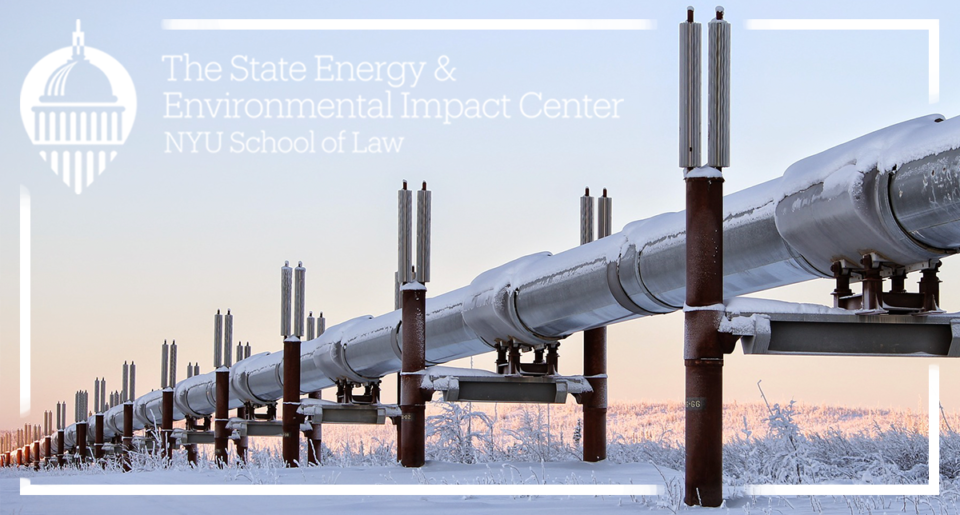Climate Change and the Law
David J. Hayes (Past Executive Director) / December 16, 2018

The Trump administration is trying hard to ignore the reality of climate change and avoid accepting responsibility to address the risks that it poses to public health and the environment. Our environmental laws, however, don’t let the administration off the hook.
Granted, our environmental laws can’t stop the administration from trying to bury its own scientists’ comprehensive analysis of climate-related impacts by releasing the National Climate Assessment on the Friday after Thanksgiving, and then falsely claiming that it focuses solely on worst-case projections. Nor can the law stop the administration from its embarrassing performance during the international climate negotiations currently underway in Poland.
But when it comes to federal government approvals of projects that may trigger greenhouse gas emissions, the law does not allow the feds to pretend that climate change does not exist. More specifically, courts have consistently confirmed that the National Environmental Policy Act (NEPA) requires that agencies take a “hard look” at climate-related implications of major projects.
Last year, for example, the District of Columbia Circuit Court ruled in Sierra Club v. FERC (the “Sabal Trail” decision) that the Federal Energy Regulatory Commission (FERC) cannot comply with NEPA and make a sound “public convenience and necessity” determination for a pipeline project without evaluating foreseeable direct and indirect greenhouse gas emissions associated with the project – including downstream emissions associated with the handling and combustion of gas by pipeline recipients.
Other courts have made the same point that NEPA requires the disclosure and analysis of direct, indirect, and cumulative climate-related environmental issues in environmental impact statements prepared for federal decision makers. See, e.g., San Juan Citizens Alliance v. U.S. Bureau of Land Mgmt., 326 F. Supp. 3d 1227, 1242-43 (D.N.M. 2018) (collecting cases).
And yet administration appointees continue to skirt – and even flout – the law. For example, the D.C. Circuit is now reviewing a case from upstate New York (Otsego 2000) in which FERC thumbed its nose at the Sabal Trail decision by concluding that it need not evaluate upstream or downstream greenhouse gas emissions associated with a pipeline improvement project. As part of its decision, the Commission announced a new, FERC-wide NEPA policy that perpetuates this misreading of the law, without providing any opportunity for input, and despite an ongoing review of the same issue in another docket.
Thankfully, state attorneys general continue to ask courts to step in and require the administration to comply with its legal obligations. In this case, a coalition of seven attorneys general, led by New York Attorney General Barbara Underwood, filed an amicus brief last week challenging FERC’s unlawful attempt to avoid its NEPA obligations.
State attorneys general are working in other contexts to force the administration to address climate change issues under NEPA. By way of example, state attorneys general have challenged Interior Secretary Ryan Zinke’s decision to lift the moratorium on federal coal leasing without completing required NEPA analysis; they are insisting that any proposed revisions to NEPA regulations restore prior guidance regarding climate change-related environmental impacts; and they are carefully monitoring NEPA compliance for upcoming federal decisions that have significant climate implications such as, for example, expanded offshore oil and gas drilling and potential drilling in the Arctic National Wildlife Refuge.
NEPA is only part of the legal story, of course, when it comes to addressing climate change. Under the Clean Air Act, the EPA has an affirmative obligation to reduce emissions of harmful greenhouse gases. It is doing anything but. More on that in a future commentary and in an upcoming Special Report from the State Impact Center.
